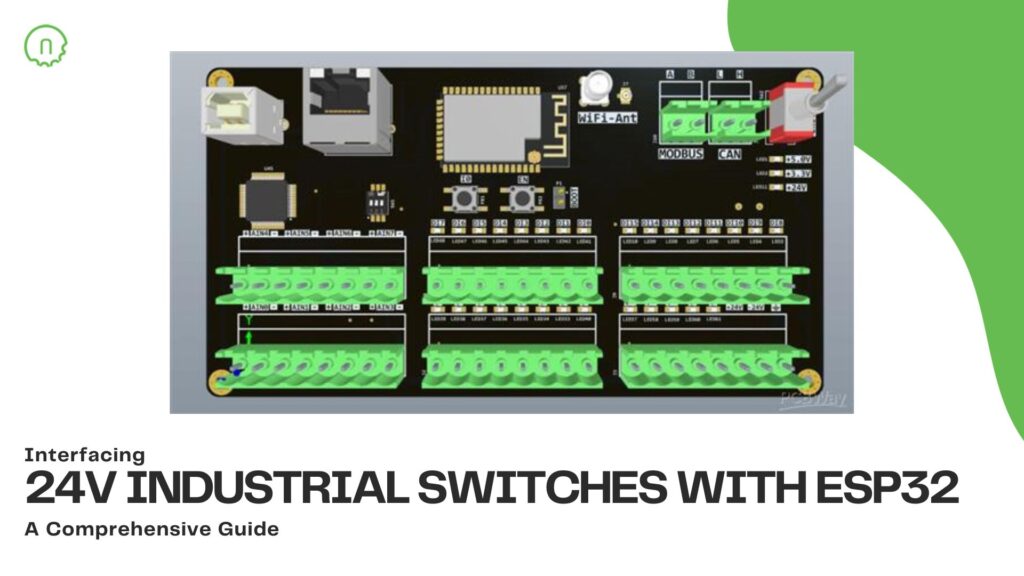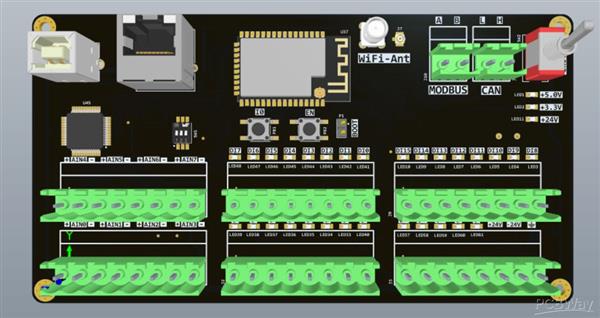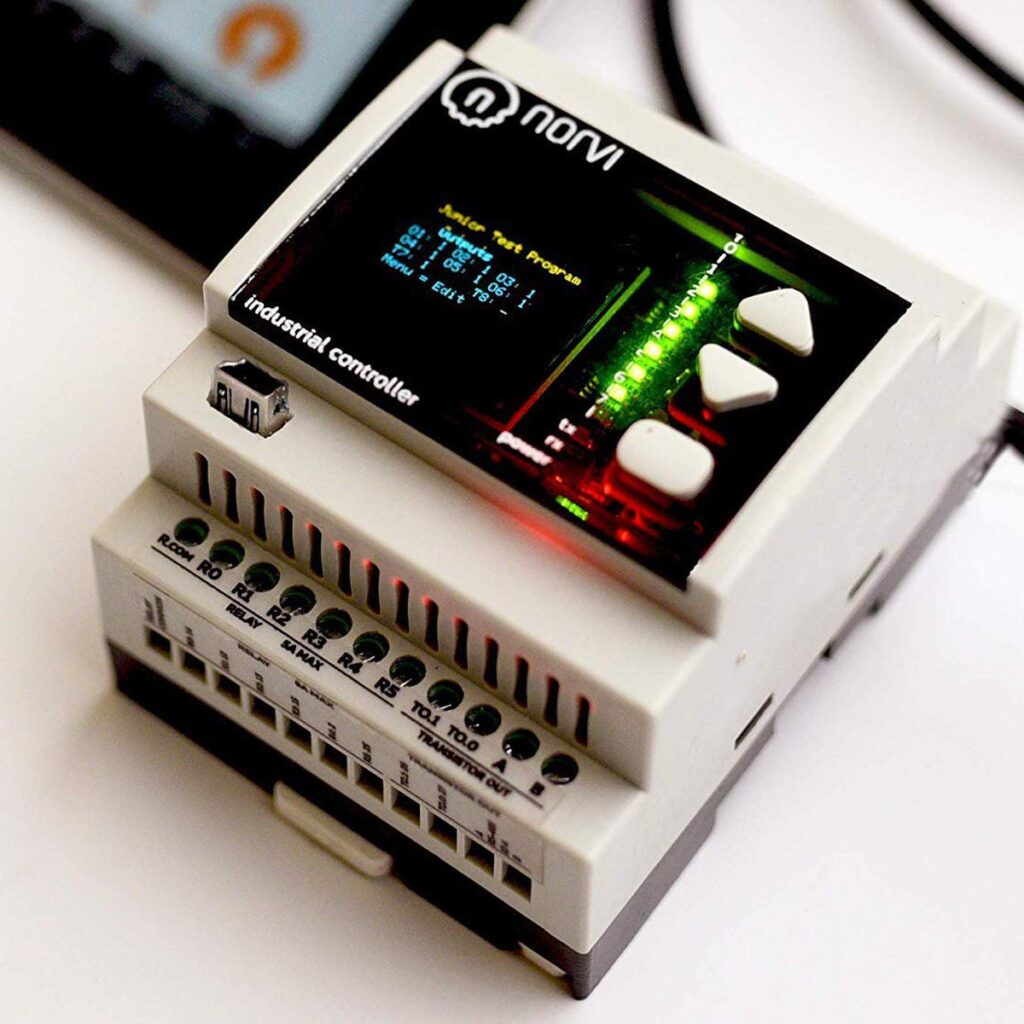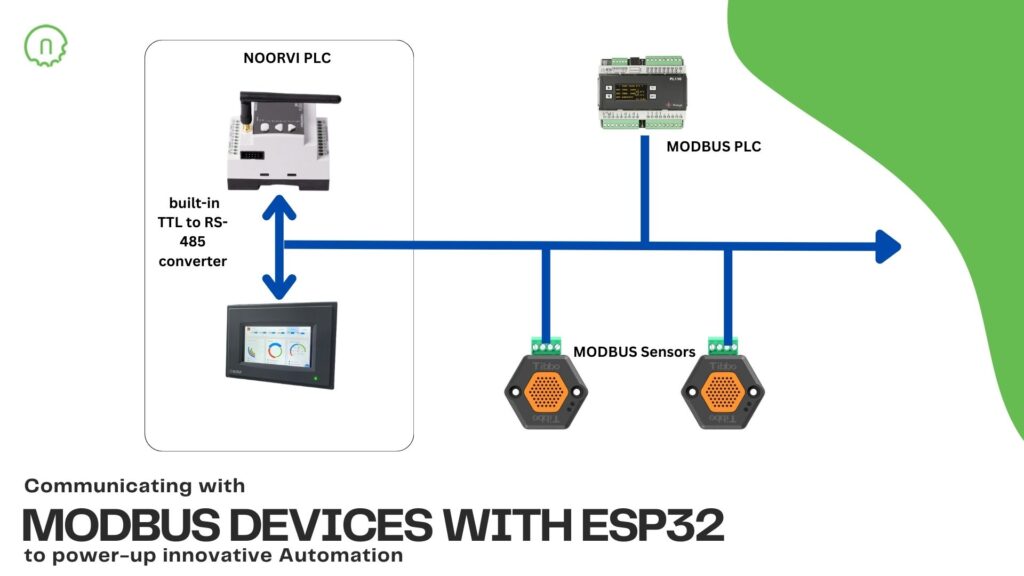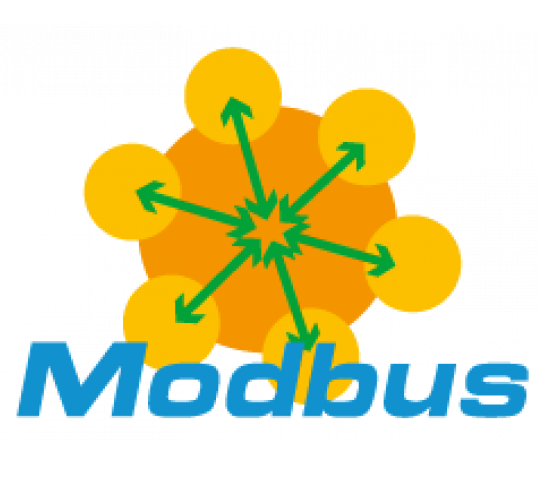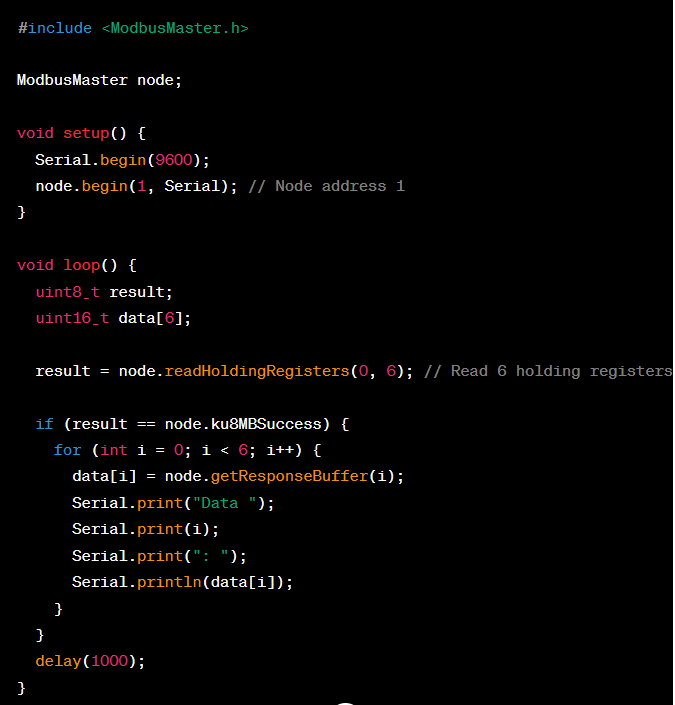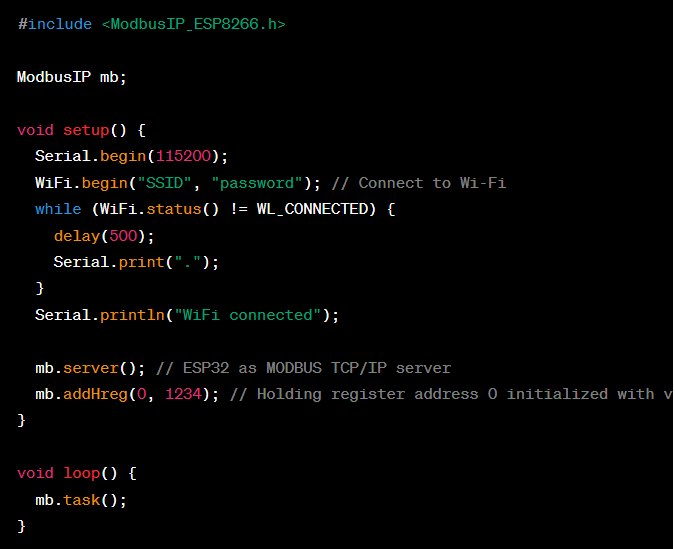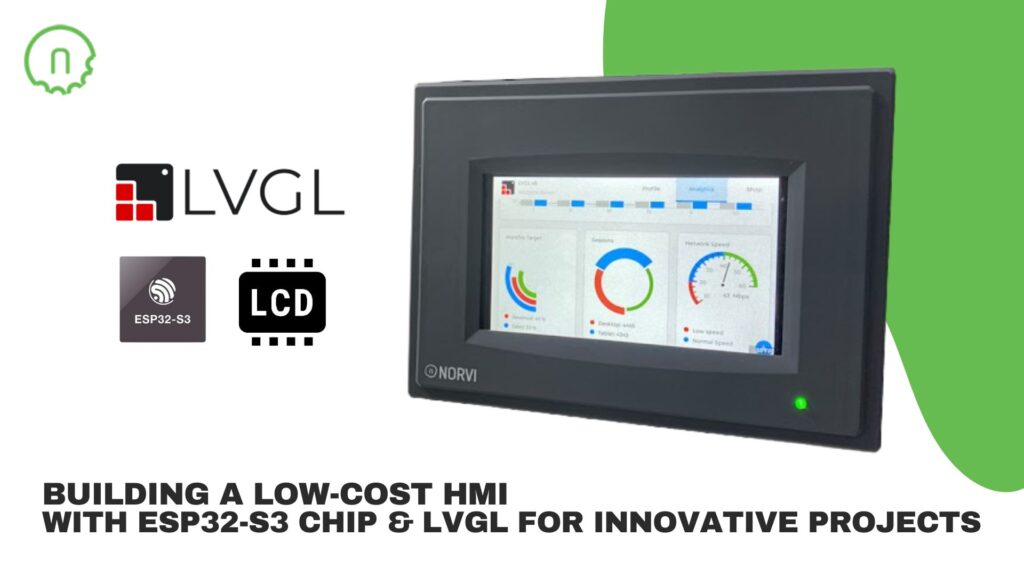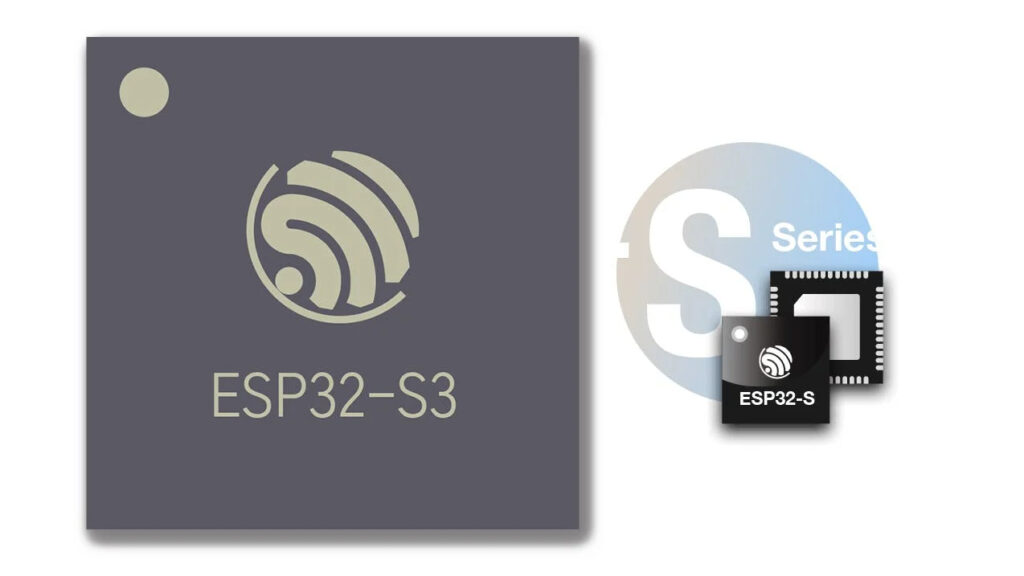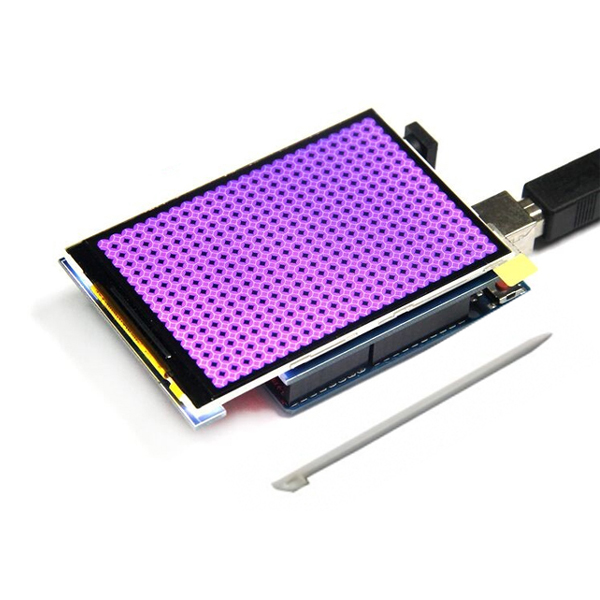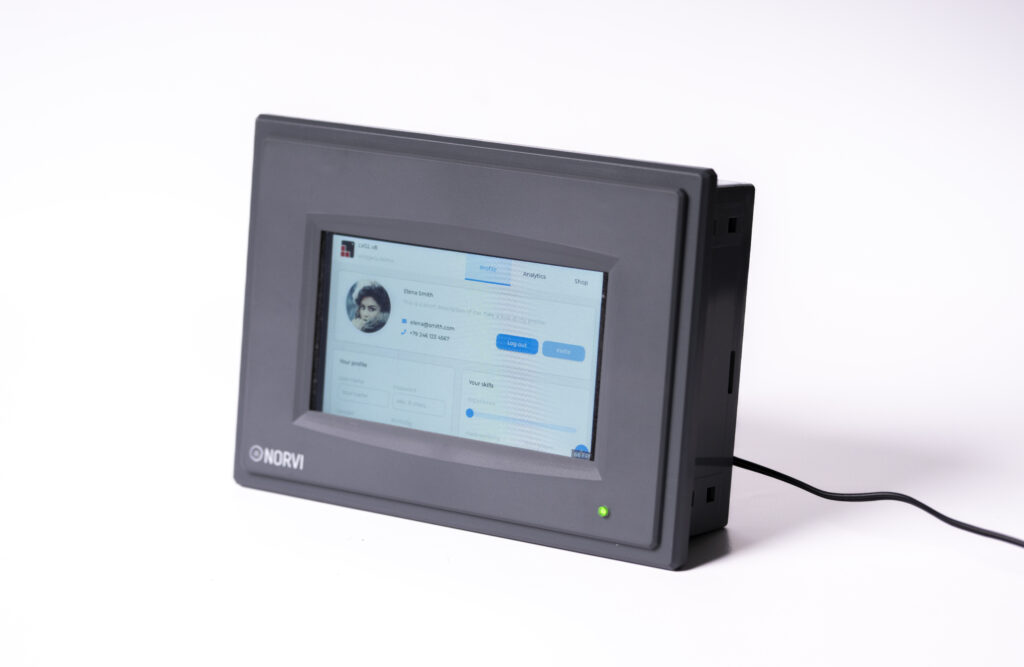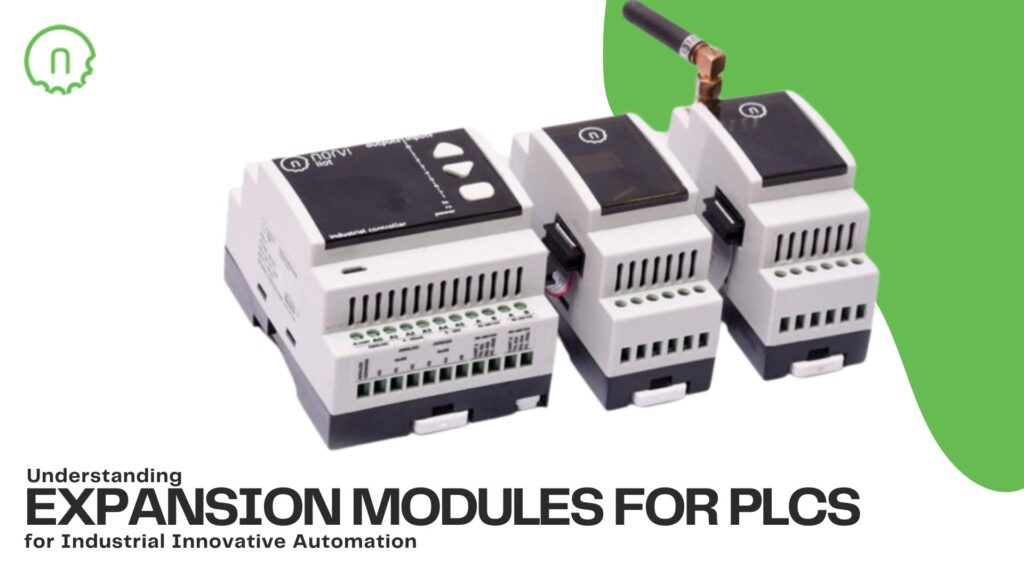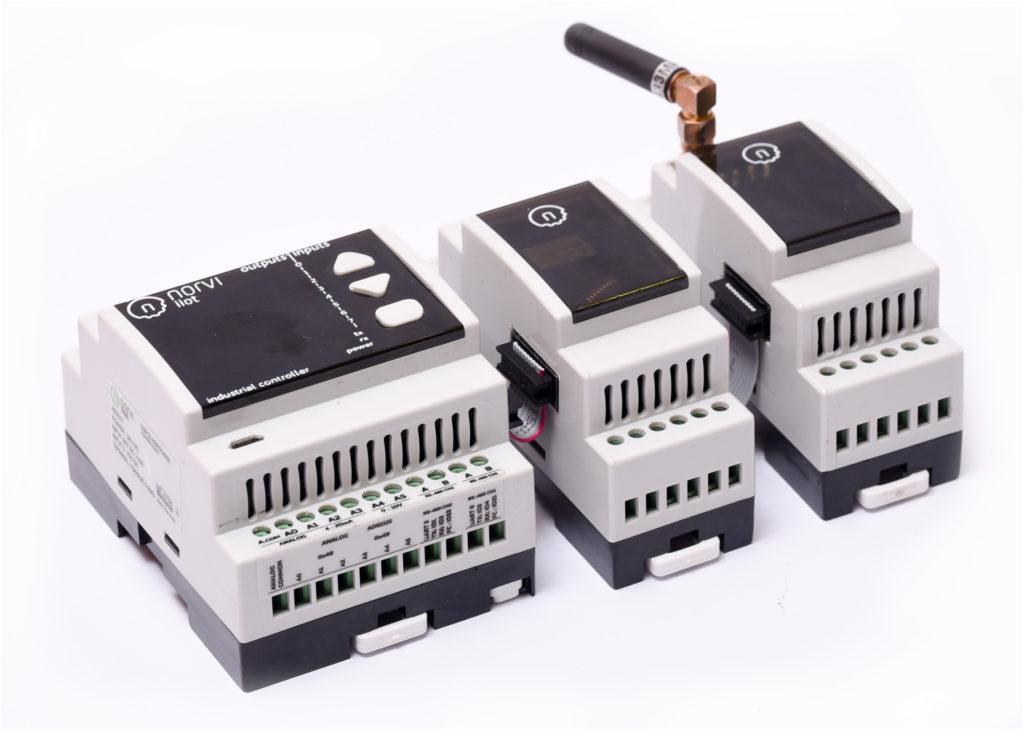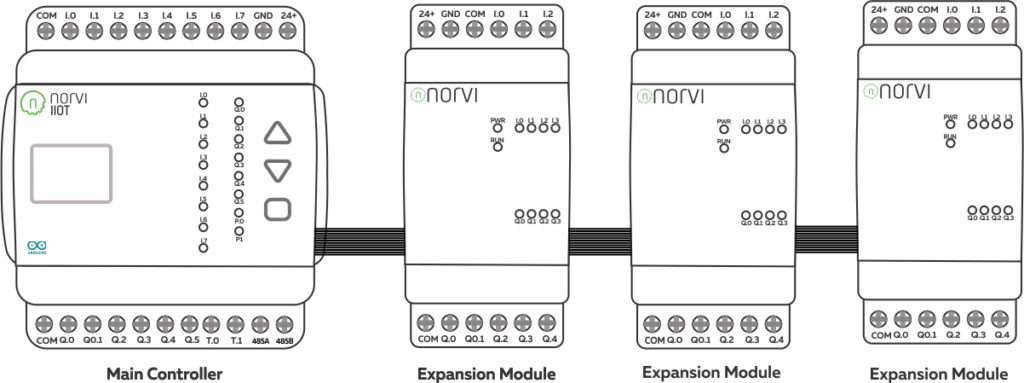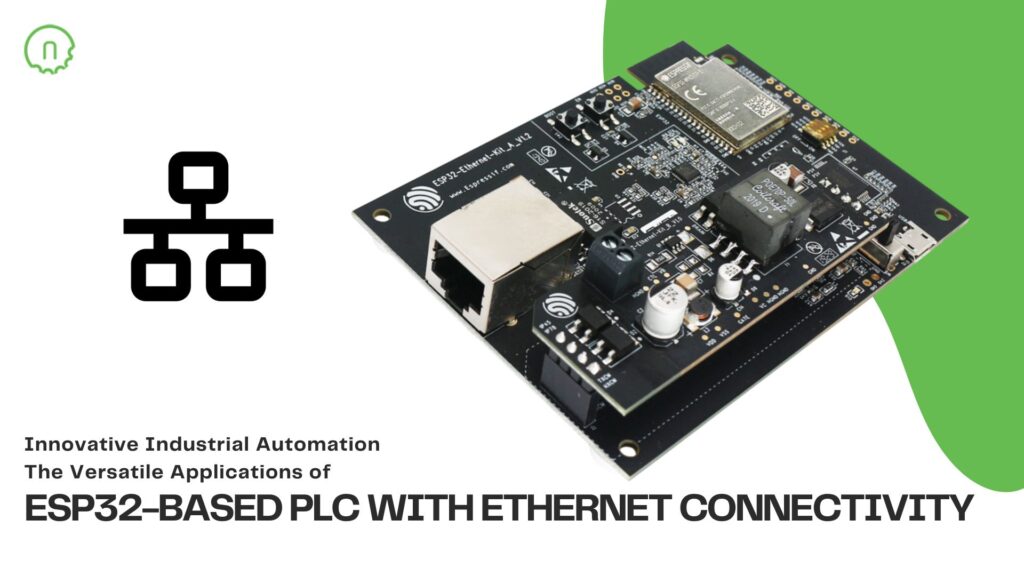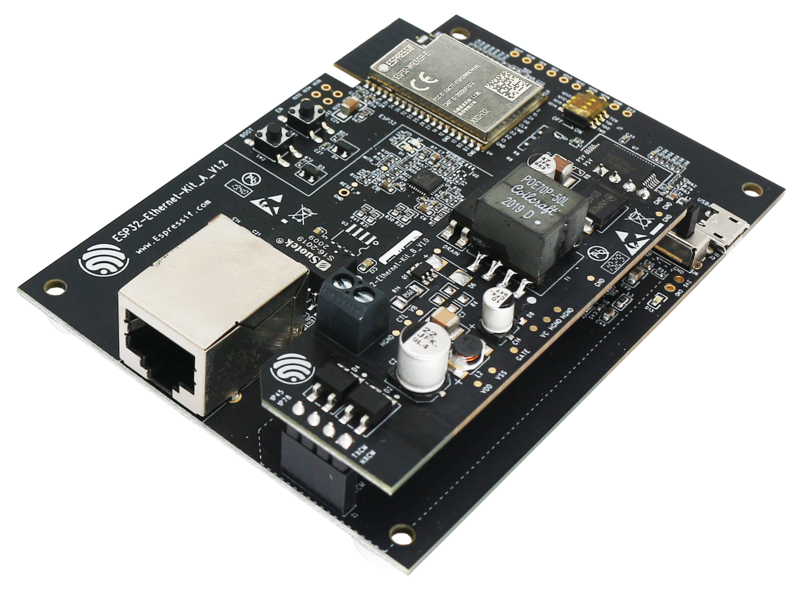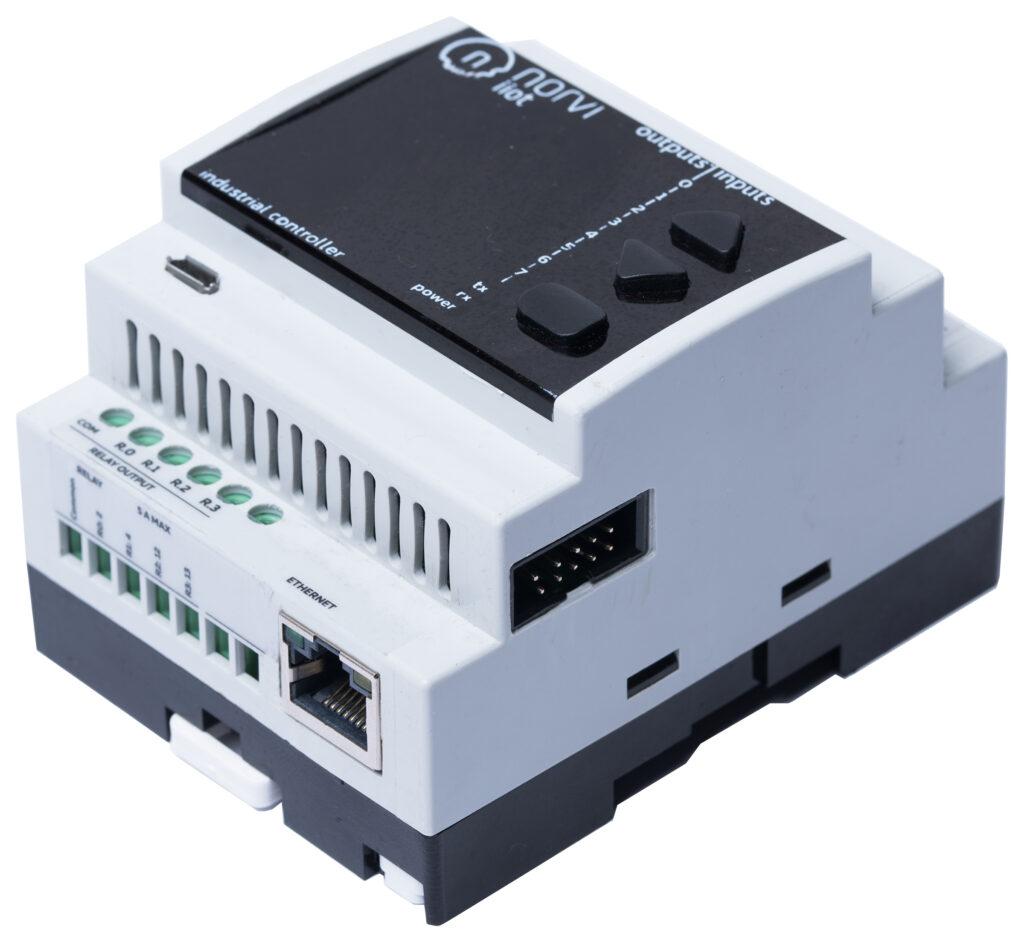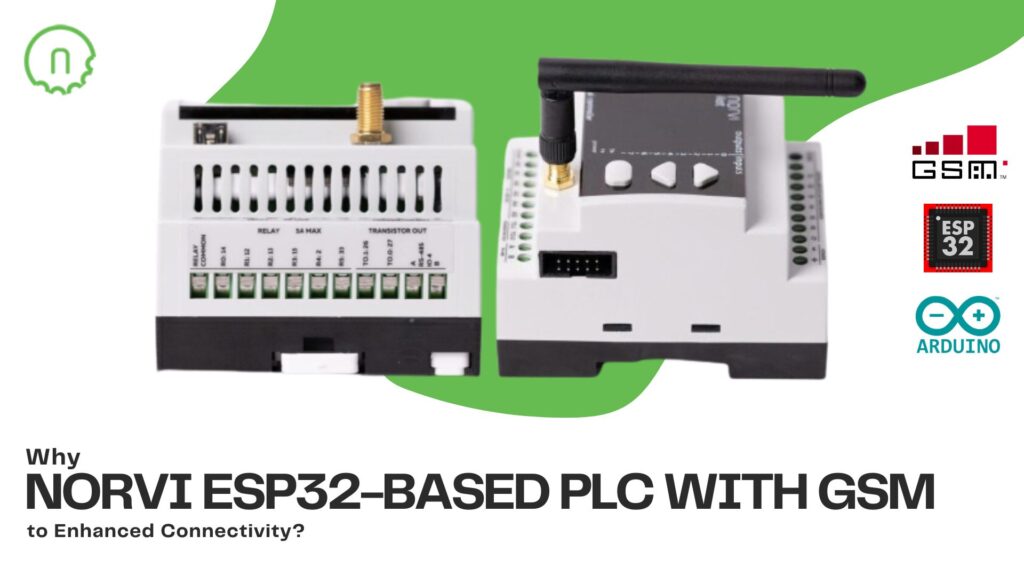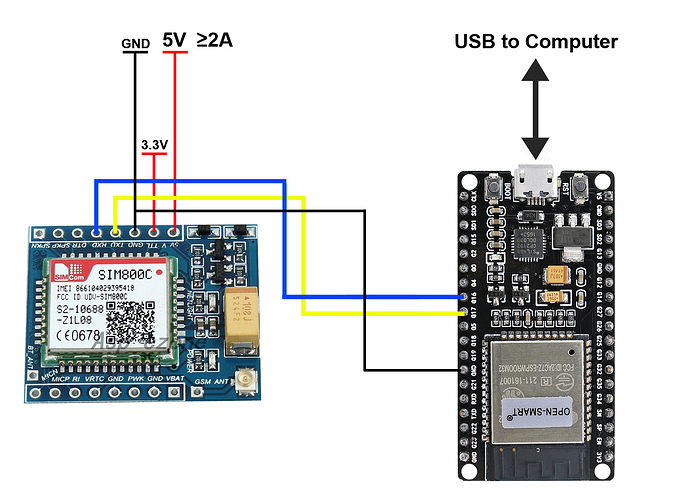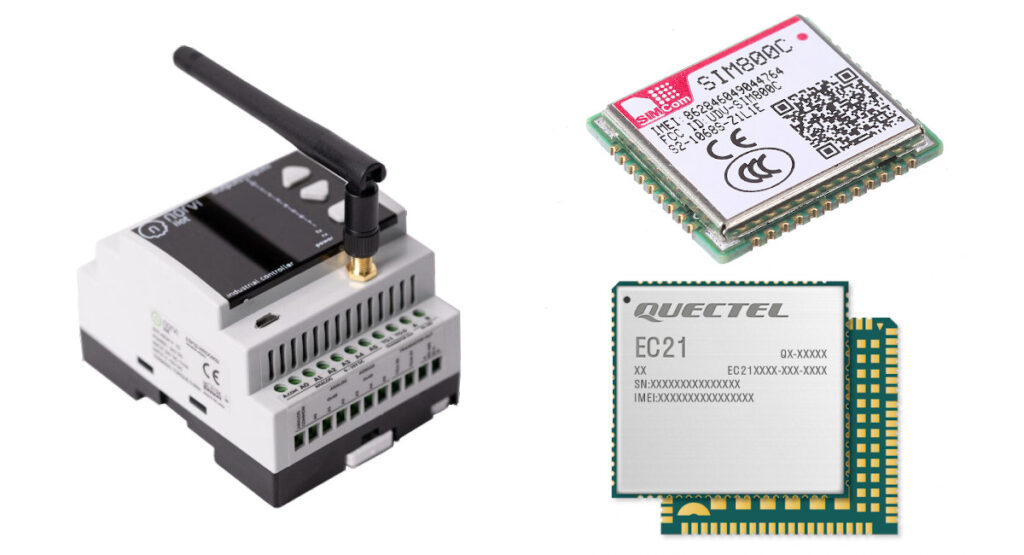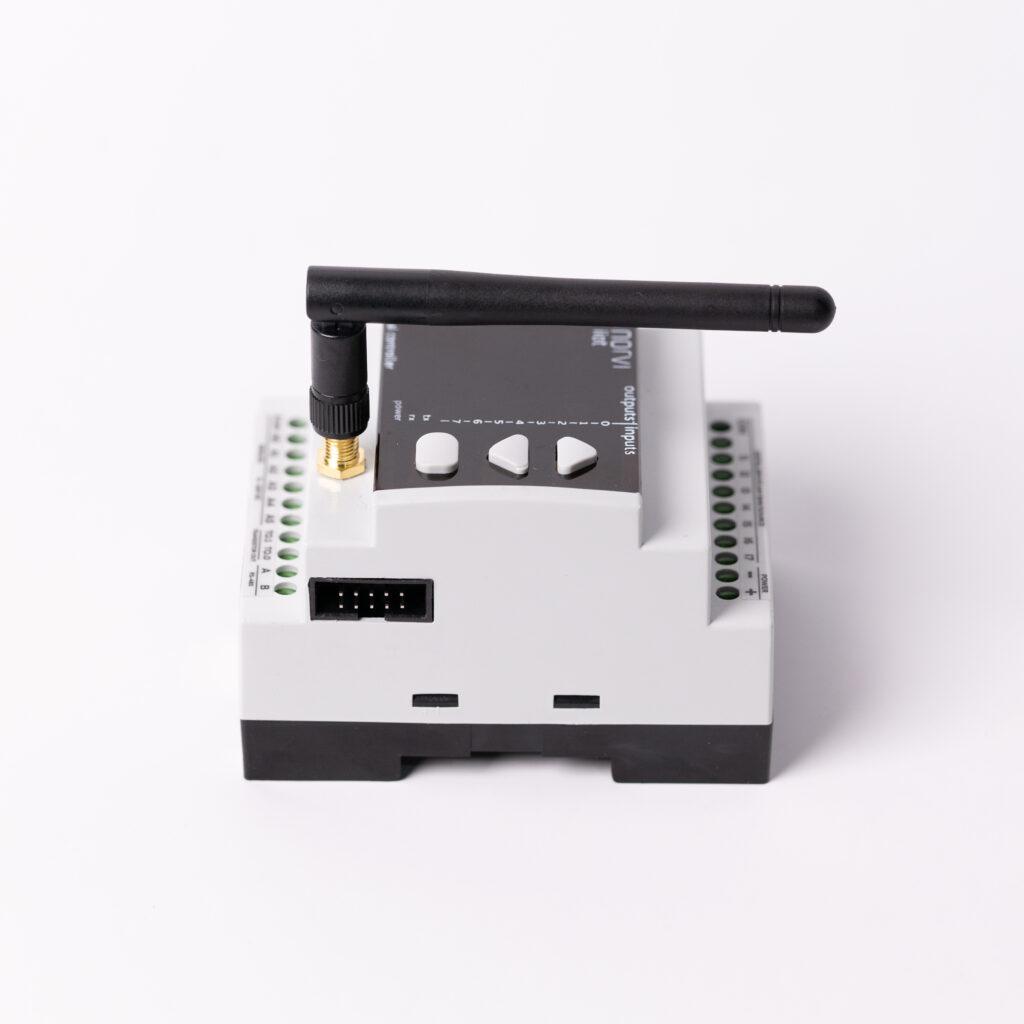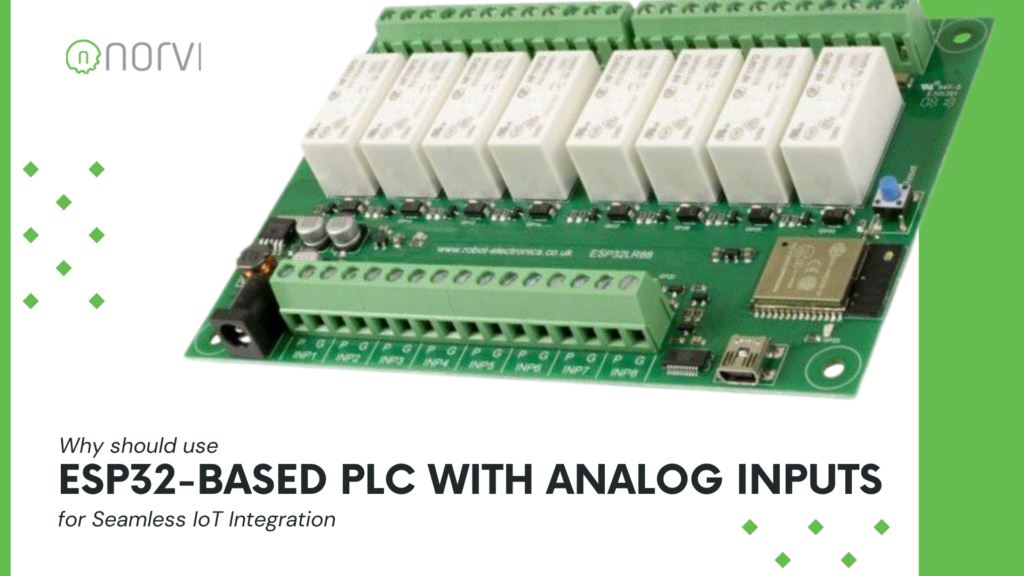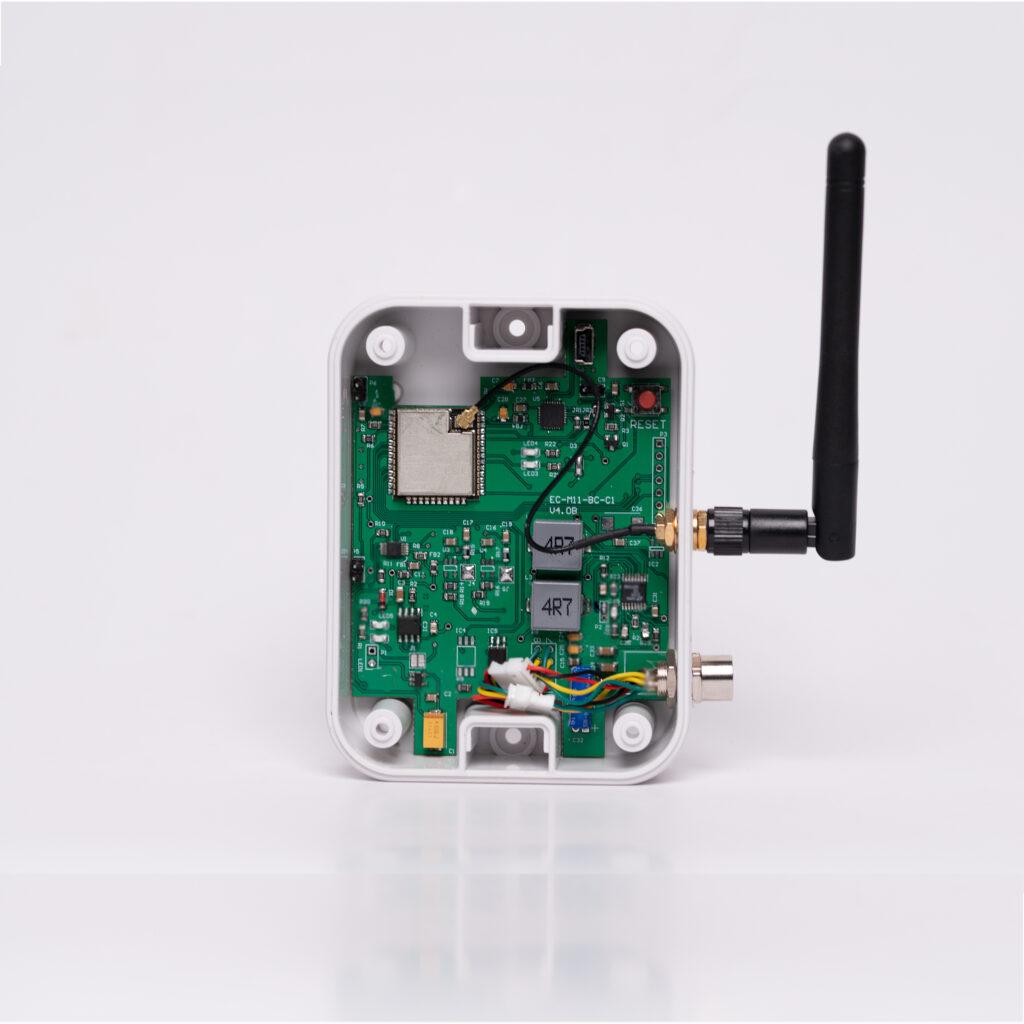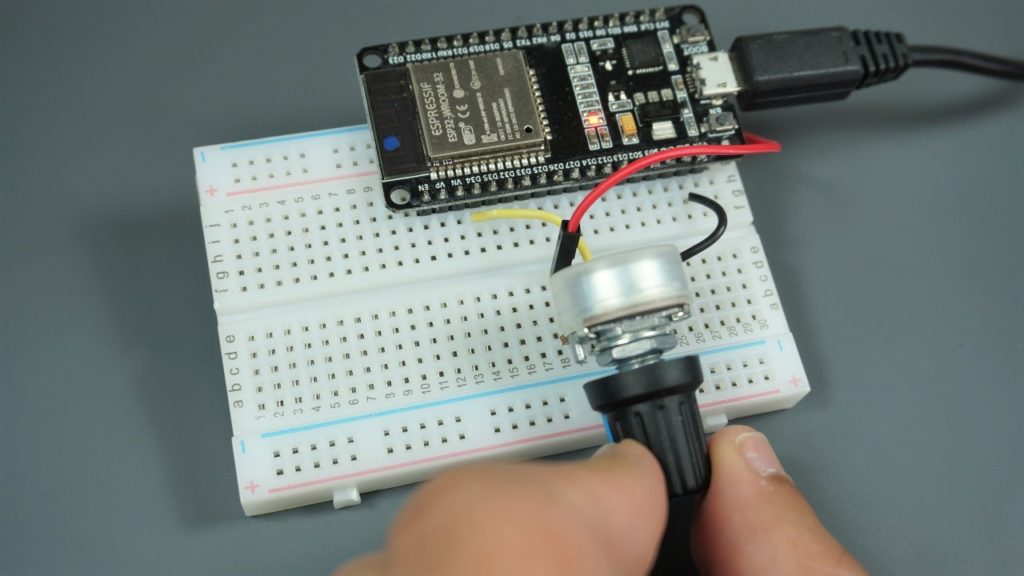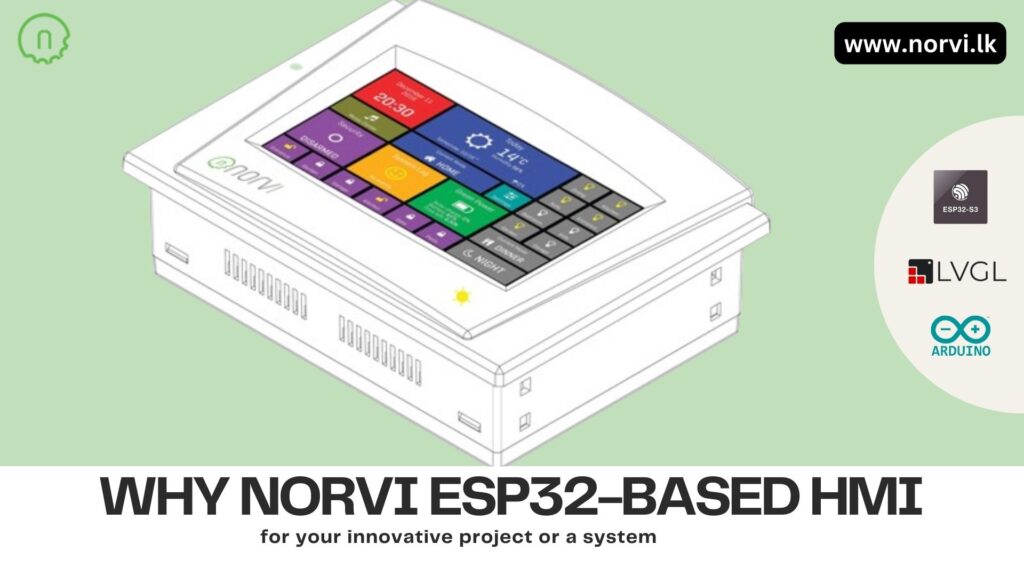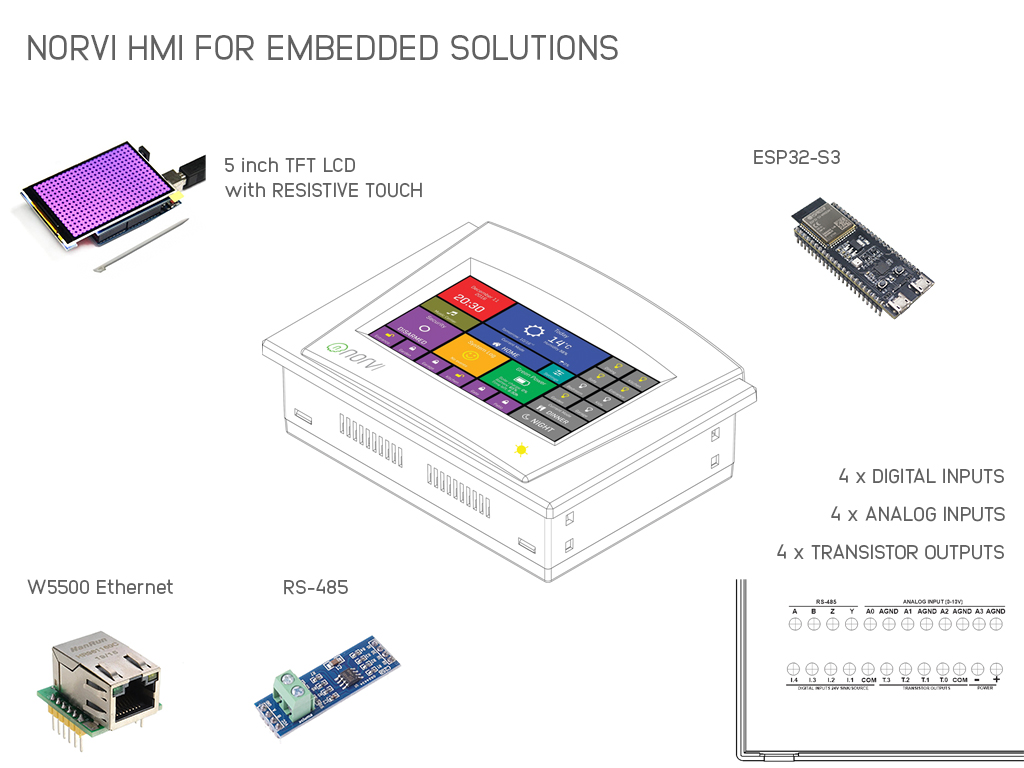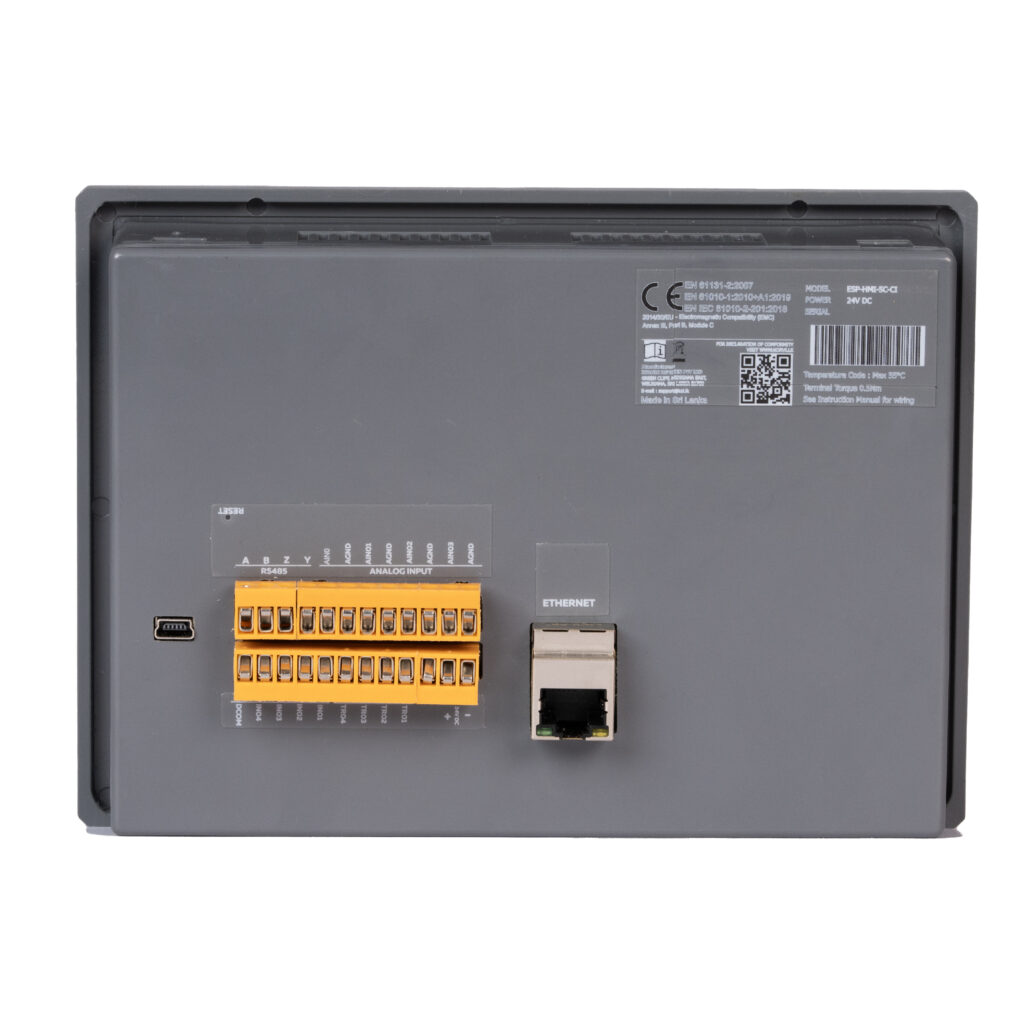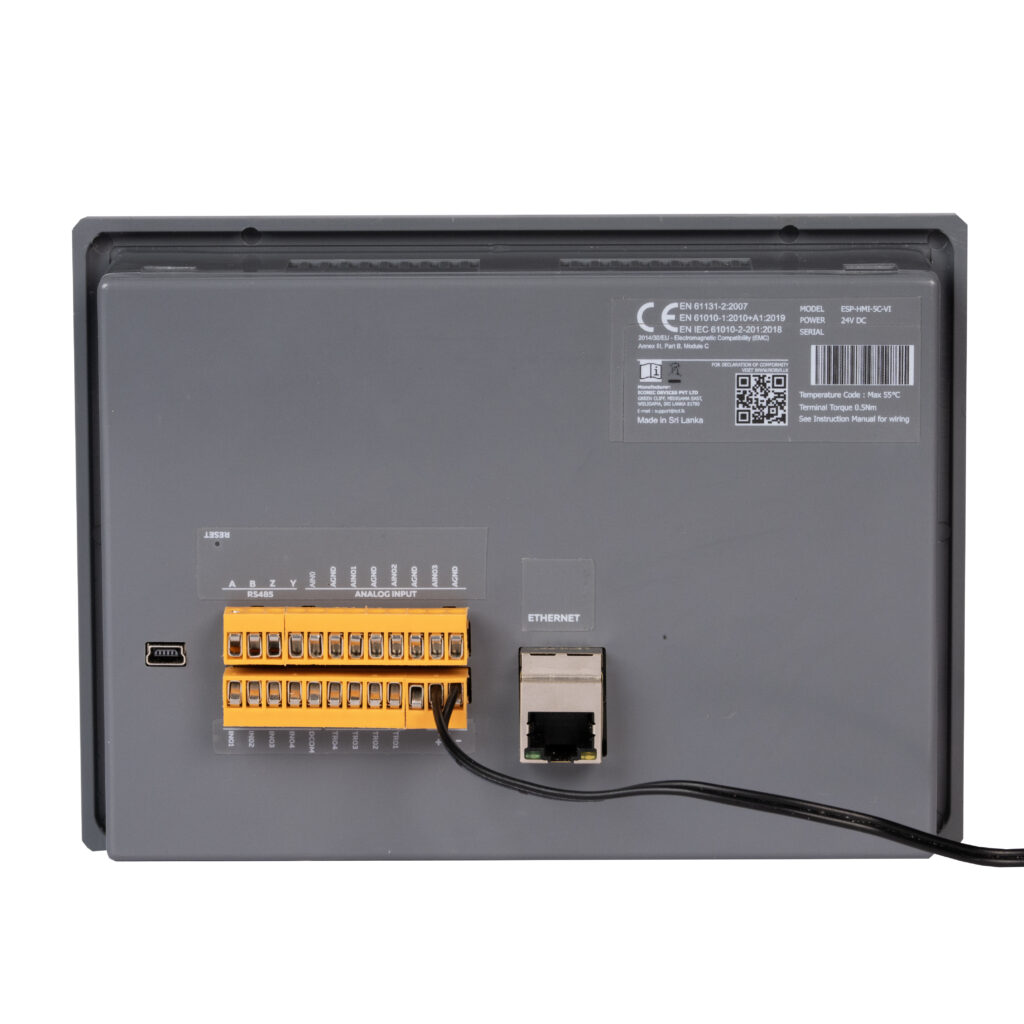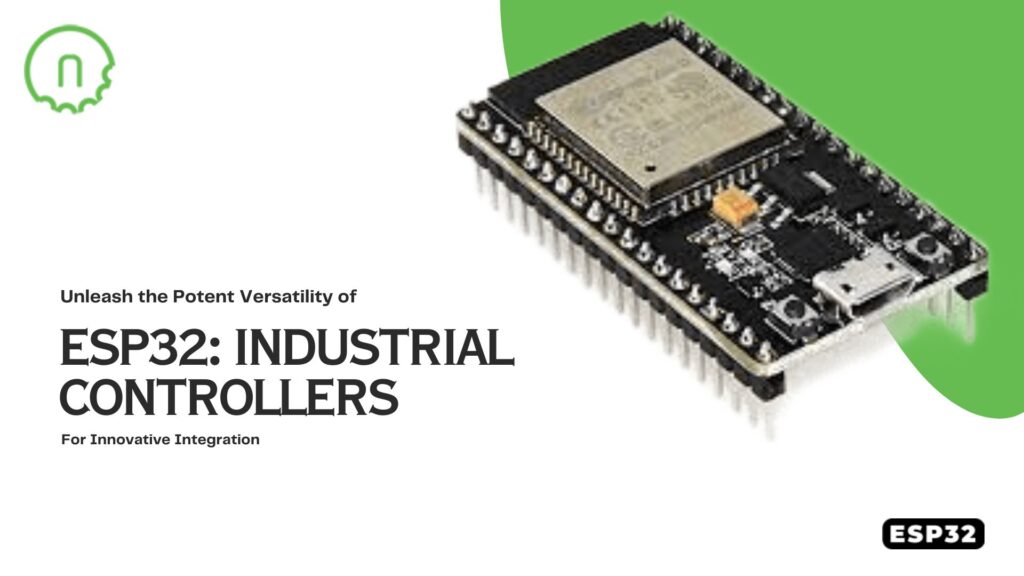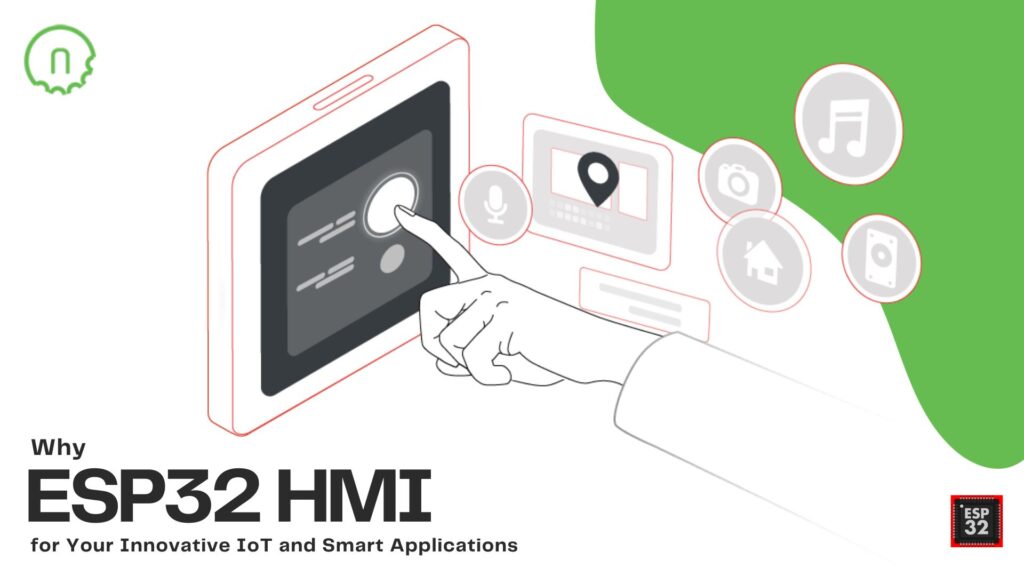
The ESP32, a powerful microcontroller with integrated Wi-Fi and Bluetooth capabilities, is increasingly gaining prominence as an ideal choice for Human-Machine Interface (HMI) systems in IoT and smart applications. Its relevance stems from its dual-core processor, low power consumption, rich set of peripherals, and ample processing power, making it well-suited for HMI applications. This article explores the key features, integration, advantages, and applications of ESP32 in HMI systems, along with potential challenges and future trends in ESP32-based HMI technology.
What is ESP32 and its relevance to Human-Machine Interface (HMI)?
The ESP32, known for its integrated Wi-Fi and Bluetooth capabilities, is a robust microcontroller that is well-suited for IoT and smart applications. Its dual-core processor and ample resources enable it to handle complex tasks, making it a preferred choice for HMI systems, acting as the bridge between the user and the machine in various applications.
Key features of ESP32 for HMI applications
The ESP32’s key features, including its dual-core architecture, low power consumption, rich set of peripherals, and ample processing power, make it an excellent choice for HMI applications. Its integrated Wi-Fi and Bluetooth capabilities allow for wireless communication, while its robust processing capabilities enable the implementation of responsive and feature-rich user interfaces.
Applications of ESP32 in HMI systems
The versatility and reliability of the ESP32 make it a preferred choice for enabling intuitive and interactive user experiences in various HMI applications across domains such as home automation, industrial control, and smart environments.
Understanding HMI
Definition and significance of HMI in technology and industrial automation
HMI, or Human-Machine Interface, plays a crucial role in enabling users to monitor, control, and interact with various devices and systems in technology and industrial automation, encompassing the hardware and software components that facilitate intuitive and efficient communication between humans and machines.
Importance of ESP32 in enhancing the functionality of HMI systems
The integration of ESP32 in HMI systems enhances functionality by providing a robust platform for developing interactive and user-friendly interfaces, empowering developers to create compelling HMI solutions that offer seamless control and monitoring capabilities.
Integration of ESP32 with HMI
Process and considerations for integrating ESP32 with HMI systems
Integrating ESP32 with HMI systems involves identifying specific application requirements, selecting suitable display and input devices, and leveraging the ESP32’s capabilities to enable seamless communication and interaction, considering aspects such as data exchange protocols, user input methods, and real-time responsiveness.
Advantages and unique capabilities of ESP32 for HMI solutions
The ESP32 offers distinct advantages for HMI solutions, including its support for various communication protocols, rich peripheral integration, and the ability to handle complex tasks without compromising performance, making it suitable for developing feature-rich and visually appealing HMI systems.
Designing an ESP32-Based HMI
Hardware components and requirements for designing an HMI using ESP32
Designing an HMI using ESP32 requires the selection of appropriate display modules, input devices, and peripheral components to complement the microcontroller’s capabilities, including touchscreen displays, physical buttons, and sensors for versatile user interaction.
Programming techniques for ESP32 in HMI applications
Programming the ESP32 for HMI applications involves utilizing platforms such as Arduino IDE or ESP-IDF to develop interactive user interfaces, implement communication protocols, and integrate sensor data for real-time feedback, leveraging the ESP32’s dual-core architecture for efficient multitasking and responsive user experiences.
User interface design considerations for ESP32-based HMI systems
Effective user interface design for ESP32-based HMI systems involves creating intuitive layouts, employing visual feedback for user actions, and optimizing the use of graphical elements to enhance usability, considering factors such as color schemes, font sizes, and interactive elements.
Applications of ESP32-Based HMI
Home automation and smart device control
ESP32-based HMI systems find extensive applications in home automation, enabling users to remotely control lighting, HVAC systems, security cameras, and other smart devices, enhancing user convenience and enabling seamless integration of diverse smart home components.
Industrial control, monitoring, and automation
In industrial settings, ESP32-based HMI solutions empower operators to monitor and control complex machinery, temperature and humidity sensors, and other critical parameters, contributing to enhanced operational efficiency and safety.
IoT devices and integration in smart environments
The ESP32’s compatibility with IoT devices and its ability to connect to cloud services make it an ideal choice for integrating IoT devices in smart environments, enabling seamless integration and control of diverse IoT devices.
Real-life examples of successful ESP32-based HMI implementations
Real-life examples of successful ESP32-based HMI implementations include smart home control panels, industrial monitoring and control systems, and IoT-enabled environmental monitoring solutions, showcasing the versatility and reliability of ESP32 in diverse applications.
A women wanted to upgrade her home with smart devices for convenience and energy efficiency. She decided to implement an ESP32-based HMI system to control and monitor various aspects of her home, such as lighting, temperature, and security.
Streamlined Control and Monitoring
With the ESP32-based HMI, it was able to create a user-friendly interface to seamlessly control her smart devices from a single dashboard. Whether she was at home or away, she could easily adjust the thermostat, turn lights on and off, and receive security alerts, providing her with peace of mind and saving energy when rooms were unoccupied.
Seamless Integration and Customization
It also appreciated the ease of integrating new IoT devices into her smart home system. The ESP32’s flexibility and compatibility allowed her to customize the interface according to her preferences, creating a personalized and intuitive control center for her home automation.
The ESP32-based HMI not only enhanced the functionality of smart home but also showcased the adaptability and practicality of ESP32 in real-life applications, demonstrating its effectiveness in home automation and smart device control.
Effectiveness and adaptability of ESP32-based HMI in diverse scenarios and industries
The effectiveness and adaptability of ESP32-based HMI in diverse scenarios and industries underscore its ability to cater to varying requirements, from consumer-facing smart devices to industrial automation and monitoring applications, showcasing its flexibility and robust feature set.
Advantages and Challenges
Advantages and benefits of utilizing ESP32 for HMI solutions
Utilizing ESP32 for HMI solutions offers advantages such as wireless connectivity, robust processing power, and support for rich graphical interfaces, contributing to its appeal for diverse HMI applications.
Addressing potential challenges and limitations in ESP32-based HMI implementation
Challenges in ESP32-based HMI implementation may include optimizing power consumption for battery-operated devices, ensuring secure communication, and addressing compatibility issues with external components, requiring careful consideration for successful implementation.
Future Trends
Advancements and emerging trends in ESP32-based HMI technology
Future advancements in ESP32-based HMI technology may encompass enhanced integration with AI and machine learning algorithms, optimization for low-power applications, and expanded support for advanced graphical interfaces and touch technologies.
Potential innovations and improvements on the horizon for ESP32 in HMI systems
Innovations on the horizon for ESP32 in HMI systems may include enhanced security features, expanded wireless connectivity options, and advancements in real-time data processing capabilities, paving the way for more sophisticated and responsive HMI solutions.
Best Practices and Tips
Effective implementation strategies for ESP32-based HMI solutions
Effective implementation of ESP32-based HMI solutions involves thorough planning, consideration of power management strategies, and adherence to best practices in user interface design and communication protocols, along with rigorous testing and optimization.
Ensuring optimal performance, security, and user experience in ESP32-based HMI applications
To ensure optimal performance, security, and user experience in ESP32-based HMI applications, developers should prioritize efficient code optimization, implement secure communication protocols, and focus on creating intuitive and responsive user interfaces catering to specific user needs.
Conclusion
The ESP32’s integration in HMI systems offers a compelling combination of robust processing power, wireless connectivity, and support for feature-rich user interfaces, demonstrating its versatility and relevance in diverse domains such as home automation, industrial control, and IoT integration.
The evolution of ESP32-based HMI systems is poised to witness advancements in AI integration, enhanced security features, and expanded support for sophisticated user interfaces, paving the way for more immersive and intelligent human-machine interactions in IoT and smart applications.
In conclusion, the ESP32’s capabilities position it as a key enabler for the next generation of HMI solutions, offering a potent combination of performance, versatility, and reliability for diverse applications in IoT and smart technologies.
For more detailed examples and technical information, let’s explore specific case studies and in-depth technical insights into the challenges and optimization techniques encountered in ESP32-based HMI implementations.
NORVI is about to launch its newly produced, ESP32-based HMI. Wait with us!
Wanna know more about HMI from NORVI? Read below,
The Rise of HMI Applications: Ultimate Tech Landscape
Thriving HMI Technology: Future of Human-Machine Interface
Optimizing HMI Projects for Industrial Automation Success
#Norvi #esp #esp32 #esp32project #esp32wroom #HMI #HumanMachineInterface #Technology #IntuitiveUserInterfaces #Industries #hmisolutions #hmiprojects #HMIDesign #IoT #EmbeddedSystems #UserInterface #HMIProgramming #TouchscreenTech #SmartDevices #Electronics #DIYElectronics #Arduino #TechInnovation #WirelessCommunication #InternetOfThings #MakerCommunity #Engineering #Innovation #HMIControl #OpenSourceHardware #Microcontrollers
